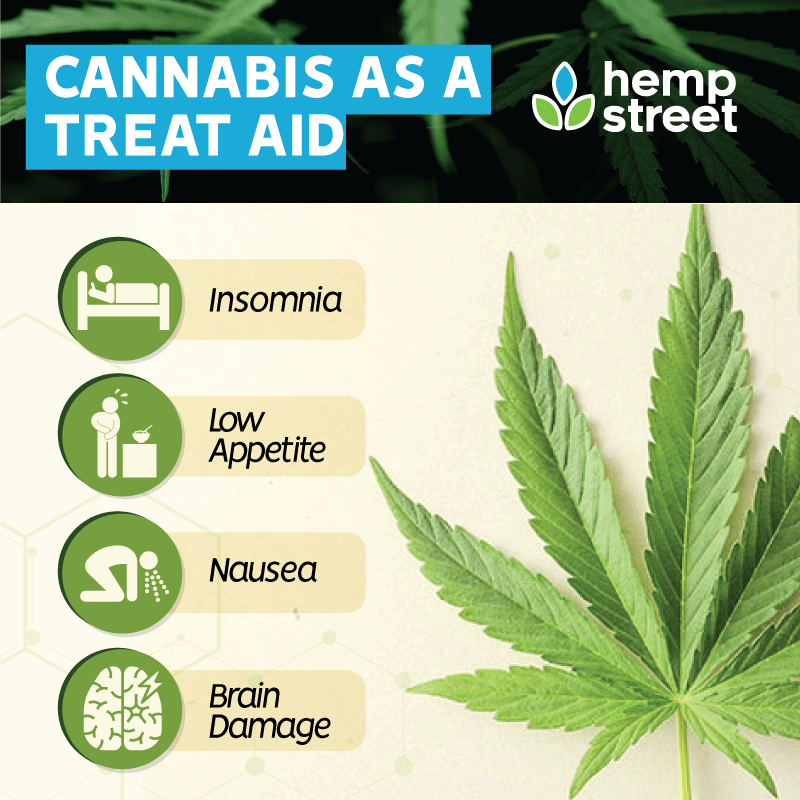Cannabis, extracted from the flowering cannabis plant, is a naturally occuring, organic, chemical constituent in the plant. Cannabis, however, being categorized as a “drug”, research and study about the same, has been a difficult path to tread upon. A steadfast rule enacted on this, is the mandatory requirement of license to conduct experiments and trials, in order to contrive and distinguish its properties. This has been the fundamental factor behind the delayed discovery of medicinal cannabis and its qualities, as well as the reason why cannabis legalisation across the world, is still a far-fetched goal.
Medicinal cannabis, refers to the medicinal properties exhibited by the compounds, found in cannabis. Cannabis plant, is broadly classified into three different varieties of strains, whose compound composition differ. Hence, they are used for differing purposes. These strains being: Cannabis Indica, Cannabis Sativa and Cannabis Ruderalis. The last one however is not found easily and that is why, Indica and Sativa strains are cross-bred to forge a hybrid variety.
Compounds in cannabis, vary from cannabinoids to terpenoids to flavonoids. Cannabinoids, being the most active ingredient has wide-ranging properties. Out of 61 cannabinods, the two compounds that are best known to contribute towards healthcare benefits are delta-9 tetrahydro-cannabinol or THC and Cannabidiol or CBD. CBD, apart from being used in the industrial sector in the form of oils and tinctures, its intake through means of inhaling via smoking or using a vaporizer or even as pills, effectively works as a cure for various diseases such as arthritis, epilepsy, seizures, appetite loss, chemotherapy pain and nausea, etc. Use of medicinal cannabis as an aid for cure, however, comes with certain conditions. And it is always advisable to understand a medication before using. Let’s take this space here to look into the same.
Medicinal cannabis working
The property of cannabinoids to act on receptors present throughout the body, is what makes cannabis capable of being a cure. Cannabinoids based medications use this mechanism to effectively work against the diseases, by activating the receptors. The two receptors, that have been identified and studied particularly, are CB1 and CB2 receptors. Cannabinoids present in cannabis, generate different reactions by binding to these receptors present throughout the body. These receptors make up the human endocannabinoid system, the indigenous cannabinoid producing biological system in the body, responsible for balancing body disorders. CBD along with similar compounds like Cannabinol(CBN), Cannabichromene (CBC), Cannabigerol (CBG) have therapeutic, anti-inflammatory as well as anti-microbial potential. It is due to the psychoactive effects of THC, that regulations need to be placed when it comes to usage of medicinal cannabis.
Regulations associated with the use of medicinal cannabis
Since cannabis is still not legalised across many places, the places which have legalised the use of medicinal cannabis for healthcare benefits face potential risk. To begin with, it’s extremely important that, cannabis-based medications(CBM) should not be adminstered and dispensed without prescriptions, undersigned by authentic designatories. Pharmaceuticals as well as other suppliers should also obtain official license for sale of CBM, from the state government. When CBM is prescribed to any patient, it is necessary that the patients are clearly made aware of the side-effects that are associated with it. Understanding medications’ side-effects would make the patients use it, wisely and not abuse it. It is crucial that the concentration ratio of THC and CBD are verified as well. Pharmaceutical cannabis medications that have been approved by the state, such as, Sativex, Nabinol, Marinol and others, should be released to the public, for their information. Any other CBM, apart from the ones released by the state, should not be consumed in any form. This is because the state approved CBM’s have undergone clinical trials and have scientific evidence backing their quality and safety. It is also crucial to ensure that no adolescents or kids, have access to CBM’s in any manner. Since, there’s a very high possibility of abuse of CBM’s by teenagers, due to the prevalent use of cannabis amongst teenagers, for recreational purposes. In order to produce CBM’s, cannabis has to be cultivated in a manner such that no illegal and excess production of it occurs. Cannabis preparation has to be regulated such that only medical cannabis is cultivated for the narrow range of medications that have been approved and authorised. It is also vital that the route of adminstration of CBM’s is monitored as smoking or inhalation of medicinal cannabis although gives faster results in certain cases, is not advisable for some patients in other cases, such as patient suffering from asthma, lung diseases etc. Since until recently, CBM’s are being mostly used as complementary medication. It is thus essential to check the compatibility of CBM’s with other the main-stream medications, that they are taken along with.
Bottom Line
Incorporating these safety measures into the usage of CBM’s will not only ensure its dutiful use, it will also be a compelling step towards fastening the process of legalisation of cannabis across the world.




